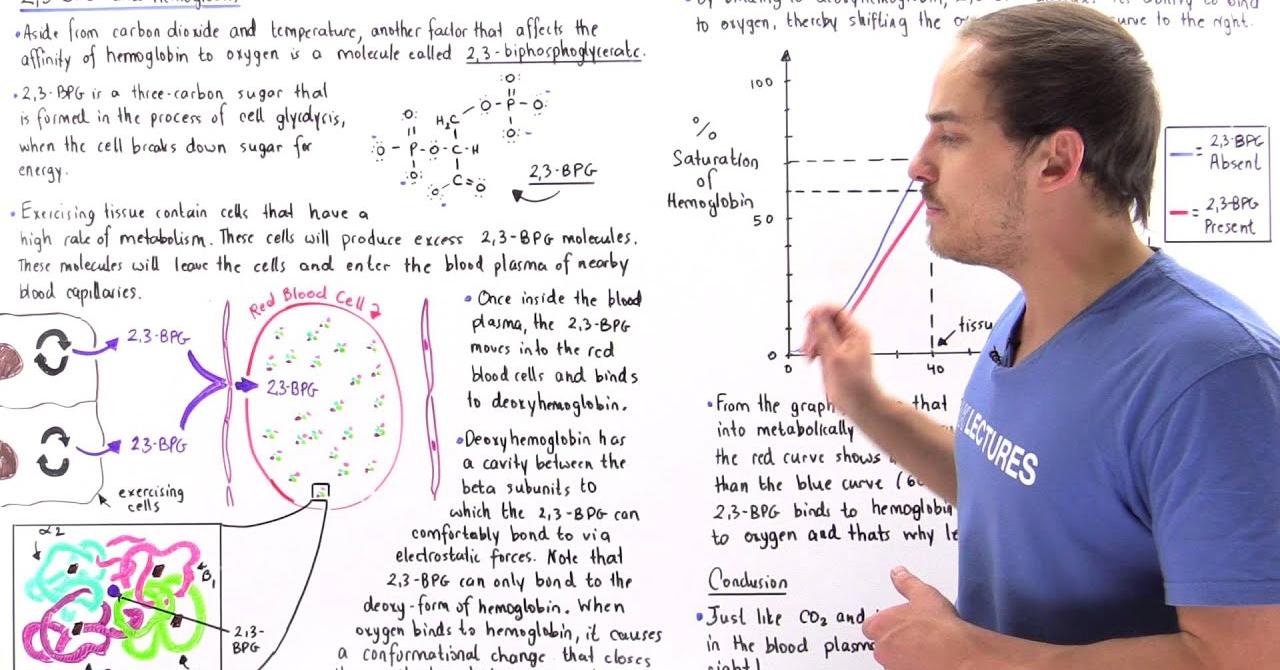Are you curious to know what is BPG? You have come to the right place as I am going to tell you everything about BPG in a very simple explanation. Without further discussion let’s begin to know what is BPG?
In the intricate realm of biochemistry, where molecules and compounds play pivotal roles in sustaining life, one molecule stands out as a crucial player – Bisphosphoglycerate, often abbreviated as BPG. Despite being relatively less known among the general populace, BPG is an indispensable molecule with significant importance in biological processes. In this blog, we will delve into the world of BPG, exploring its structure, functions, and its vital role in our bodies.
What Is BPG?
Bisphosphoglycerate, also known as 2,3-bisphosphoglycerate (2,3-BPG), is a small organic molecule. Its chemical structure consists of three carbon atoms, eight hydrogen atoms, and eight oxygen atoms, along with two phosphate groups attached to the third carbon atom. This molecular structure might seem complex, but it plays a crucial role in the biochemistry of living organisms.
BPG’s Role In Glycolysis
One of the most significant roles of BPG is its involvement in glycolysis, a fundamental metabolic pathway that occurs in nearly all cells. Glycolysis is the process by which glucose, a sugar molecule, is broken down to produce energy in the form of adenosine triphosphate (ATP). BPG serves as an intermediate compound in this pathway and influences its outcome in several ways:
- Energy Production: BPG plays a vital role in converting glucose into pyruvate, a crucial step in glycolysis that generates ATP, the primary energy currency of cells.
- Regulation of Oxygen Affinity: BPG interacts with hemoglobin, the protein responsible for transporting oxygen in red blood cells. By binding to hemoglobin, BPG regulates its oxygen-carrying capacity. In conditions where oxygen supply to tissues is limited, such as high altitudes, BPG levels increase to enhance oxygen release from hemoglobin.
- Allosteric Regulation: BPG acts as an allosteric regulator of hemoglobin. It binds to specific sites on the hemoglobin molecule, altering its affinity for oxygen. This regulation ensures that oxygen is efficiently delivered to tissues in need.
Clinical Significance Of BPG
Understanding the role of BPG has significant clinical implications. Abnormal levels of BPG can impact oxygen delivery to tissues, potentially leading to medical conditions. For instance:
- Shifted Oxygen Dissociation Curve: Conditions that result in increased BPG levels, such as chronic hypoxia (low oxygen levels), can cause a rightward shift in the oxygen dissociation curve. This means that hemoglobin will release oxygen more readily in tissues, a helpful adaptation in oxygen-deficient environments.
- Hemoglobinopathies: Some inherited disorders affecting hemoglobin, such as sickle cell disease, can alter BPG binding, further influencing oxygen transport in the blood. Understanding these interactions is critical for managing these conditions.
Conclusion
Bisphosphoglycerate, or BPG, might not be a household name, but its importance in biochemistry and physiology is undeniable. As an integral player in glycolysis and oxygen transport, it contributes to energy production and ensures that our cells receive the oxygen they need to function optimally.
So, the next time you come across the acronym BPG in a scientific context, you can appreciate the vital role this unassuming molecule plays in the intricate dance of life within our bodies, exemplifying the wonder and complexity of the biochemical world.
Get more information about cast on Starcasto.
FAQ
What Is The Function Of BPG?
2,3-BPG is a modulator of haemoglobin oxygen affinity and hence plays an important role in blood oxygen transport and delivery.
How Does BPG Affect Hemoglobin?
That is, by binding to hemoglobin, 2,3-BPG decreases hemoglobins affinity for oxygen, thereby shifting the entire oxygen-binding curve to the right side. This is what allows the hemoglobin to act as an effective oxygen carrier in the body, unloading about 66% of oxygen to exercising tissue.
What Is BPG Glycolysis?
1,3-Bisphosphoglyceric acid (1,3-Bisphosphoglycerate or 1,3BPG) is a 3-carbon organic molecule present in most, if not all, living organisms. It primarily exists as a metabolic intermediate in both glycolysis during respiration and the Calvin cycle during photosynthesis.
What Is BPG Anatomy?
Certain hormones, such as androgens, epinephrine, thyroid hormones, and growth hormone, can affect the oxygen–hemoglobin saturation/disassociation curve by stimulating the production of a compound called 2,3-bisphosphoglycerate (BPG) by erythrocytes. BPG is a byproduct of glycolysis.
I Have Covered All The Following Queries And Topics In The Above Article
What Is BPG
What Is BPG In Basketball
What Is BPG Hemoglobin
What Type Of Binding Is BPG To Hba
What Is BPG In Anatomy
What Is BPG Selection
What Is BPG O2
What Is BPG In Hemoglobin
What Is The BPG Format
What BPG Selection Is
What Is 2,3-BPG Used For
What Happens If BPG Is Reduced
What Is The Effect Of 2.3 BPG On Hemoglobin
What Is BPG Computer
What Is BPG In Medicine
What Is BPG Selection In Credit Card
What Is True Of Mb And Hb Binding BPG?
What Is BPG Oxygen
What Is A BPG Resident In Ny?
What Is Hight BPG
What Is BPG
What is a BPG
